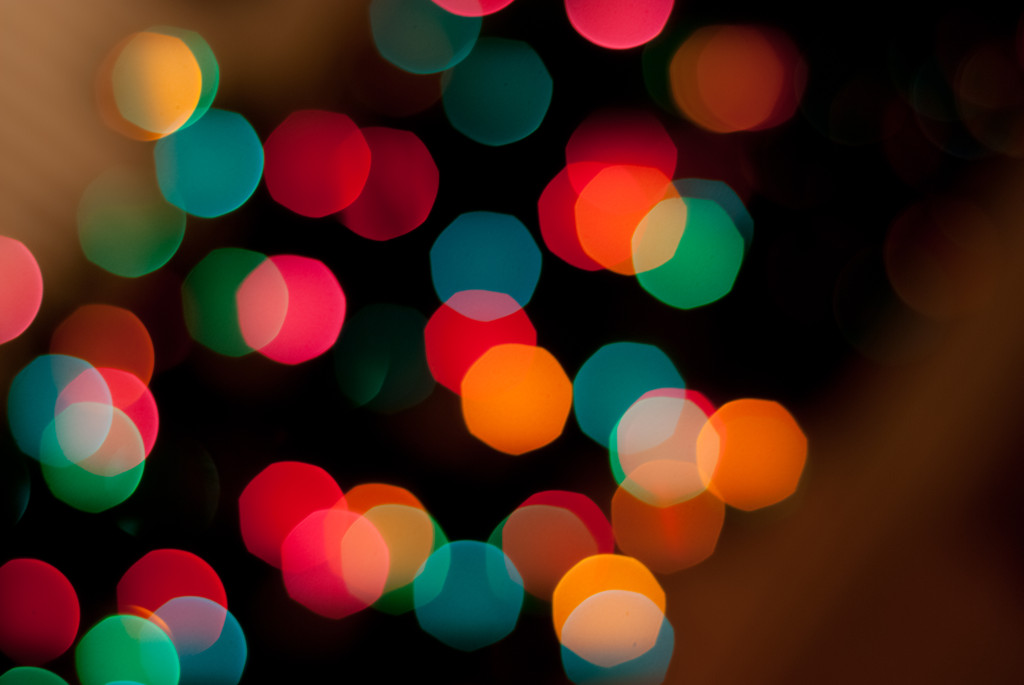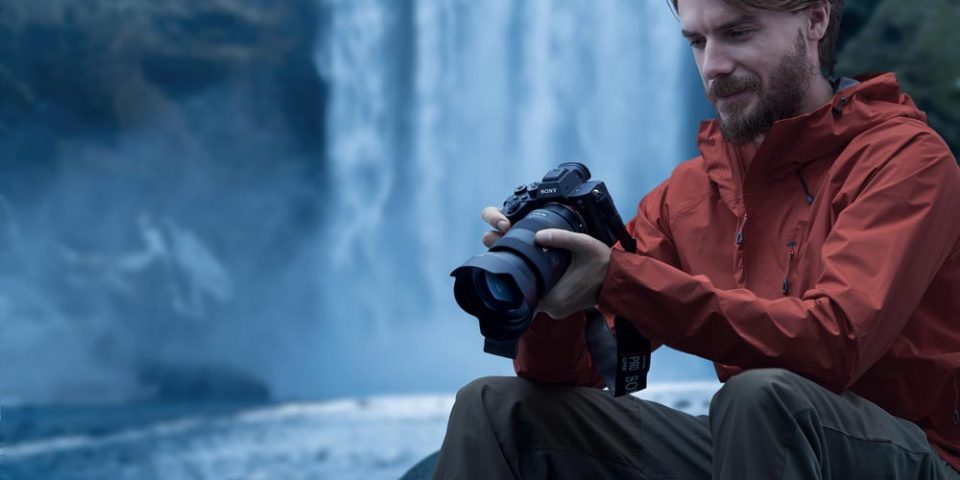Depth of field and bokeh – two terms that many photographers are pretty sure that they understand but still find hard to define. Let’s spend a bit of time together sorting out why we might care.

Depth of field is an incredibly important concept for photographers, but as automation has increased, the understanding of, and ability to pre-visualize depth of field, have decreased. Depth of field is the zone of acceptable sharp focus within a photo. This zone begins at the distance where focus is achieved and extends both towards the camera and away from the camera.
Depth of Field has three major influences. The first is the aperture of the lens. To keep things simple, the smaller the aperture at any measured distance, the more depth of field you get. So a photograph made of a subject eight feet away with the aperture at f/8 will have less depth of field than the same photograph made at the same distance and with all other parameters the same at an aperture of f/16. The first guideline for depth of field is smaller aperture drives more depth of field.
The second major influence is the focal length of the lens. Wider focal length lenses produce more depth of field at the same distance and aperture than shorter focal length lenses. In the example of a headshot made at six feet away and at f/8, a lens of focal length 100mm will create an image with more depth of field, than the same shot with the same parameters made with a lens of 200mm focal length. Longer focal length lenses deliver less depth of field all other considerations identical.
The third major influence is the distance to the subject. A 200mm lens at f/8 delivers less depth of field with a subject distance of five feet than with a subject distance of fifteen feet. The closer to the subject, the less depth of field all other considerations fixed.
It can be argued that a fourth influence is camera sensor size. Although this can seem true at first glance, technically this influence is due more to the fact that the same focal length lens on a smaller sensor camera creates a ‘cropping effect’, which in turn forces the photographer to step further back to make a photo with the desired composition, thus changing the distance to the subject.
Now start mixing things up using different focal lengths, different apertures different camera to subject distances and you unleash the magic and power of depth of field. By manipulating these variables you can leverage how much, or how little depth of field you have in your image.
Some cameras have what is called depth of field preview. When we look through a DSLR camera’s optical viewfinder, we see the image coming through the lens wide open, therefore we see the least amount of depth of field. When we press the depth of field preview button, the optical image gets darker because we are closing the lens down to the aperture we will be using when we make the image – for example, at f/11.
However, on close observation, you will see elements of the image that were out of focus in the standard view, become sharp and in focus when the preview button is pressed. We refer to this as the stopping down of the lens for preview. It works brilliantly, but takes some practice to become usable. Electronic viewfinders and Live View modes sometimes show you the actual depth of field directly, sometimes they don’t. You’ll need to check your manual to find out what your camera does.
If you’ve ever used a lens with an aperture control ring and manual focus, you may have noticed a scale that appeared to bracket the f/stop settings, perhaps reading 22-16-11-8-5.6-2.8 a center marker, and then 2.8-5.6-8-11-16-22. When you focus on your subject, the distance indicator shows the distance to the subject. Then you would check the distances under the aperture numbers that you are using, and discover the approximate close focus and far focus points. Implementation varied by manufacturer because different manufacturer’s lenses rotated in different directions. This range of distance is the depth of field for that lens at that distance at that aperture. It’s a marvellous learning tool but sadly most manufacturers have long since dropped the scale from the lenses, to the detriment of growing photographers everywhere.
Now about that ephemeral Bokeh thing. Bokeh is a Japanese word that refers to the appearance of out of focus highlights. Because it is a qualitative word, it has entered the abuse blender and been spun on high-speed for a very long time. Nice bokeh is highly subjective, but it binds to aperture used thus depth of field, as well as the number of blades in the aperture mechanism.
As you may have gathered, I tend to become a bit cranky when I think that some vendors are trying to put something over on their customers. Bokeh is nothing new. It’s been around since we started photography. Any lens can produce the effect we abusively refer to as bokeh. How do we make anything out of focus in an image? Use very small or shallow depth of field. Professional portrait photographers tend to use very wide (large) apertures while focusing on the closest eye. Why? Because it produces shallow depth of field. The eye is sharp, but the tip of the nose is softening and by the back of the ear, things are getting pretty blurry. This is one of the reasons for the demand for very ‘high-speed’ (large maximum aperture) portrait lenses such as the 85mm f/1.4, or 200mm f/2.0. Now place a highlight, such as a string of Christmas tree lights behind the subject but still in the frame and outside the range of depth of field. Shoot the subject with the lens wide open (at maximum aperture). The lights are out of focus and will result in coloured (or white depending on the lights) balls of light that look very pretty but are not recognizable as Christmas lights. I keep sets of plain white Christmas lights in the studio SPECIFICALLY to create this effect. If the appearance of these out of focus highlight areas is pleasing to the eye, we say that the image has lovely bokeh. That’s it. Simple.

Simple use of depth of field to produce out of focus highlights, aka bokeh, note the lack of roundness indicating a smaller number of blades in the aperture mechanism.
Smart manufacturers understand that they can sell lenses on the basis of “great bokeh” even though it’s going to happen only in the right situations. In order to make the aperture more round, which produces a rounder out of focus highlight, they increase the number of blades that make the aperture. In older lenses we have seen out of focus highlights that look like hexagons, meaning a six bladed aperture. Now we see lenses built with nine or more blades, producing rounder out of focus highlights, and therefore prettier bokeh.
In summary, understanding and learning to use depth of field to your advantage will definitely help you improve the quality of your photographic endeavours. When you use depth of field effectively, and add in some out of focus highlights that are soft and round and glowing, you too can have beautiful bokeh. Doing so requires your investment in practicing your depth of field skills, and that is time well spent.


